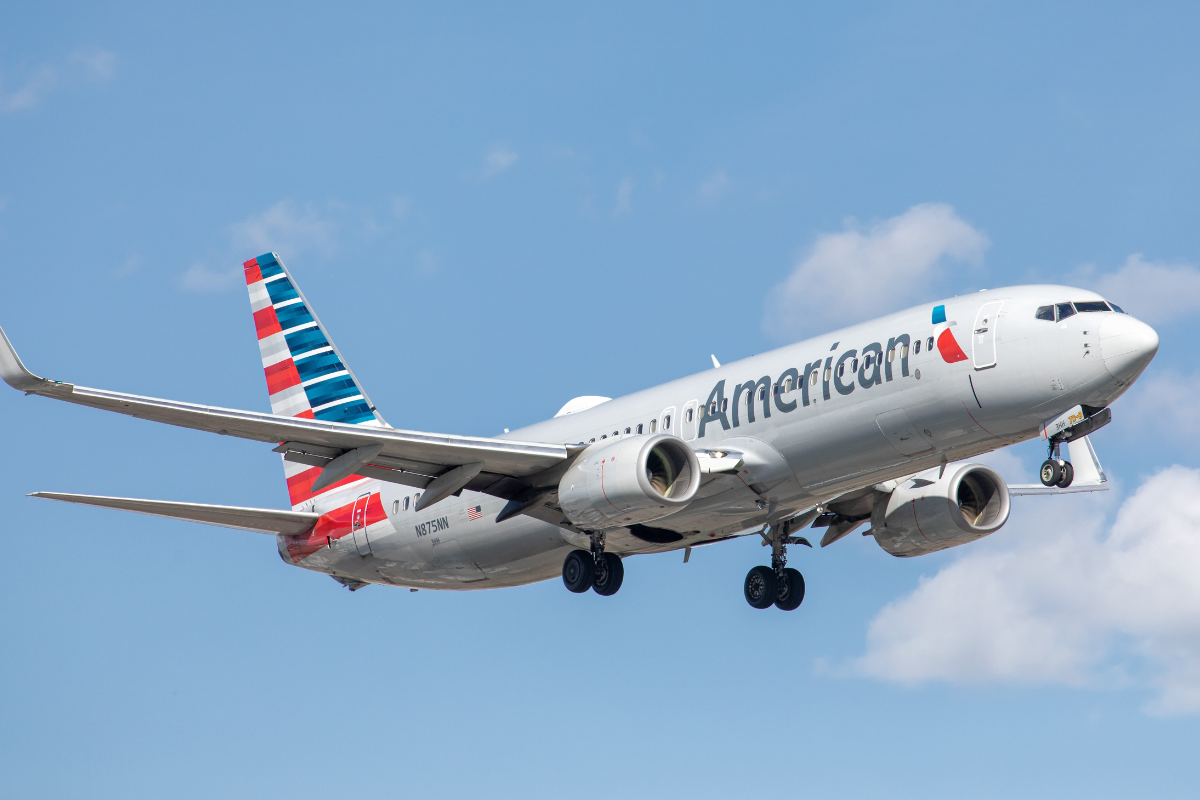
Flight attendants on an American Airlines flight from New York JFK to Cleveland were left “shocked and embarrassed” after a gate agent forced a mother to remove her infant from an airline-approved car seat despite safety advice from the Federal Aviation Administration (FAA).
The encounter was recounted by blogger Dan Eleff, who was on the plane and witnessed the confrontation between the gate agent, the mother, and the flight attendants who wanted to allow the car seat onboard.
Dan says that he was already sitting in First Class when he noticed the mother struggling to board the plane while juggling her infant, hand luggage and the car seat ahead of departure of AA flight 4366, which is a regional service operated by Republic Airways.
The car seat had been tagged to be checked into the hold but the flight attendant, realizing that the flight was half full and that there was plenty of room onboard for the seat, offered to keep it with the mother.
The benefit of doing so not only meant that that mother wouldn’t have to wait for the car seat at the baggage carousel in Cleveland but that she would also be able to secure her infant into the seat as the FAA recommends.
At this point, however, the clearly disgruntled gate agents boarded the plane and demanded that the mother relinquish the car seat so that it could be placed into the hold.
Although the FAA might recommend the use of car seats for infants under age of two years old, airline require passengers pay for an additional seat for their child. Otherwise, the child must travel as a ‘lap infant’ without any restraint device to protect them in the event of an emergency.
In this case, the mother had only purchased the one seat for herself and the gate agents weren’t about to let her use a second seat for free.
“They lost their temper, screaming at the mother and the flight attendants that they already told her it had to be gate checked and that the mom should have bought a seat,” Dan explained in a post on social media site X.
One of the gate agents was then over heard saying: “If we let them do it once, they’re always going to expect it.”
In many countries, aviation authorities require lap infants to be secured to the adult via a second additional safety belt during taxi, takeoff, landing, and turbulence, but the FAA specifically prohibits this safety measure over fears that the infant could be “crushed by the adult’s weight if sudden braking or impact occurs.”
The FAA last conducted testing into various restraint devices for infants back in 2015 and the agency says nothing has changed since those tests took place.
As a result, in the United States at least lap infants have no approved restraint device and parents must simply hold onto their child as best as they can.
In the past, flight attendant unions have campaigned for airlines to provide a second seat free of charge for infants under the age of two under the condition that the parent or guardian comes equipped with an airline car seat or other restraint device that would prevent an injury in the event of sudden braking or turbulence.
As it stands, US airlines require parents to buy a second seat for their child if they want to use an FAA-approved infant restraint device. Although this can be costly, a spokesperson for the FAA recently told us: “The safest place for a child under age two is an approved child-restraint system or device, not an adult’s lap.”
In response to Dan’s complaint on X, a representative from American Airlines commented: “Our team should approach every situation grounded in respect, and it’s clear we missed the mark. We have shared your comments internally with our leadership team in JFK. Thank you for bringing this to our attention.”
Mateusz Maszczynski honed his skills as an international flight attendant at the most prominent airline in the Middle East and has been flying ever since... most recently for a well known European airline. Matt is passionate about the aviation industry and has become an expert in passenger experience and human-centric stories. Always keeping an ear close to the ground, Matt's industry insights, analysis and news coverage is frequently relied upon by some of the biggest names in journalism.







